Insider threats are becoming a growing concern across different industries. Most coverage goes to outside attacks, especially when it comes to big corporations and government agencies. However, internal security is something organizations need to take very seriously to avoid irreparable damages.
Not many enterprises can afford internal threat detection programs. However, they can definitely adopt proactive measures to avoid them, especially when it comes to sensitive systems and data. And this is not something exclusive to network security companies or government agencies, any organization can fall victim to an insider attack or leak.
What is an Insider Threat?
An insider threat can be a security risk originating from within the IT infrastructure of the organization. It could be caused by a current or former employee with access, a consultant, a partner, a service provider, or even an executive or board member. Insider threats can be extremely challenging to detect, unlike outside security attacks.
Some of the insider threat examples include the NSA whistleblower Edward Snowden, the Tesla Spygate that shared sensitive information with other parties, and SunTrust Bank employee stealing data of 1.5 million customers.
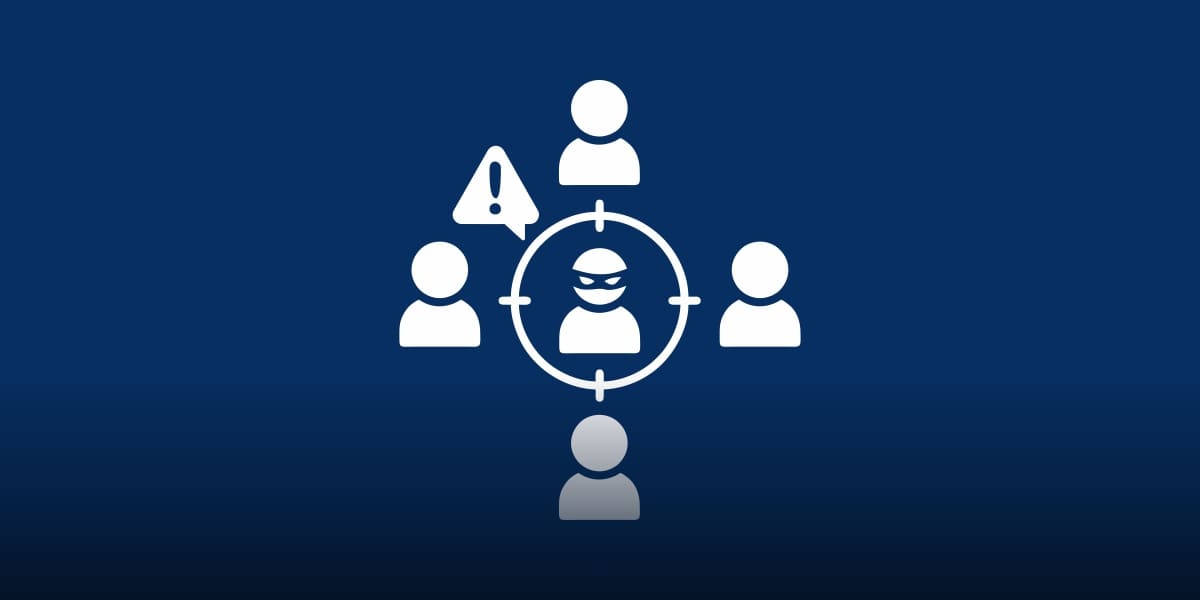 An insider threat could be of two types: turn cloak and pawn. A turn cloak is a legit part of the enterprise that is maliciously accessing data or sabotaging security for personal gain. A pawn is someone who makes a mistake, which is then exploited by another malicious individual or group (internal or external).
An insider threat could be of two types: turn cloak and pawn. A turn cloak is a legit part of the enterprise that is maliciously accessing data or sabotaging security for personal gain. A pawn is someone who makes a mistake, which is then exploited by another malicious individual or group (internal or external).
Measures to Minimize Insider Threats
All it takes is one mistake or one unethical employee to bring down your enterprise’s whole security infrastructure. Internal threats should be seen just as critical as outsider threats when it comes to security. The following measures can help any organization take a proactive approach to internal security without exorbitant spending on security programs.
Security and Insider Threats Awareness
Internal breaches can result from the tiniest of mistakes. Therefore, communication and awareness regarding internal security are important. Internal security should be a major part of your organizational security policy with proper protocols in place for employees and contractors to follow so as to ensure there’s no room for malicious elements within the organization to misuse access.
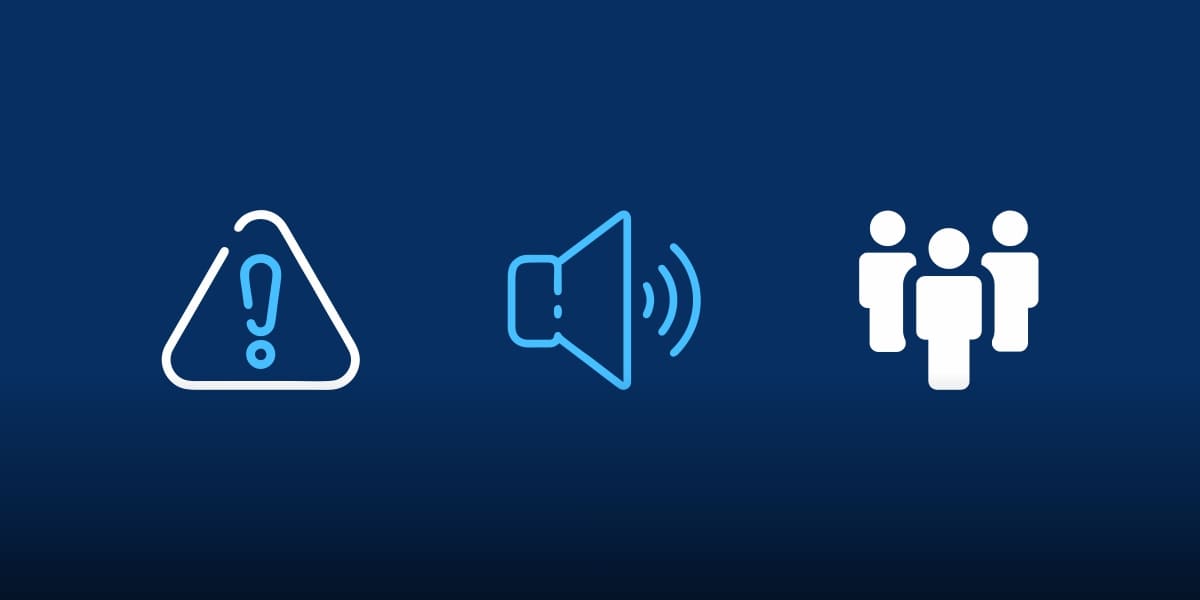 Employees tend to be lazy with what they don’t know about. You need to emphasize the importance of tackling internal threats. This information can be incorporated into the training of new employees while existing employees should be given a refresher every year.
Employees tend to be lazy with what they don’t know about. You need to emphasize the importance of tackling internal threats. This information can be incorporated into the training of new employees while existing employees should be given a refresher every year.
User Activity Monitoring Tools
The best way to detect insider threats is to use monitoring tools that monitor user activity around the clock to detect malicious access or odd behavior. It can also make it easier to investigate such a threat or activity further, helping find out the real culprit.
Using security tools such as VirtualMetric’s Log Analytics or Change Tracking can help detect odd patterns in user activity. Similarly, auditing and compliance security features enable teams and managers to solidify security even further.
A monitoring tool can generate alerts when such activity is happening in the backdrop, so security managers can take action immediately and resolve the issue. While you cannot rely on technology entirely when it comes to internal threats, these tools are the first line of defense between threatening employees and your infrastructure security.
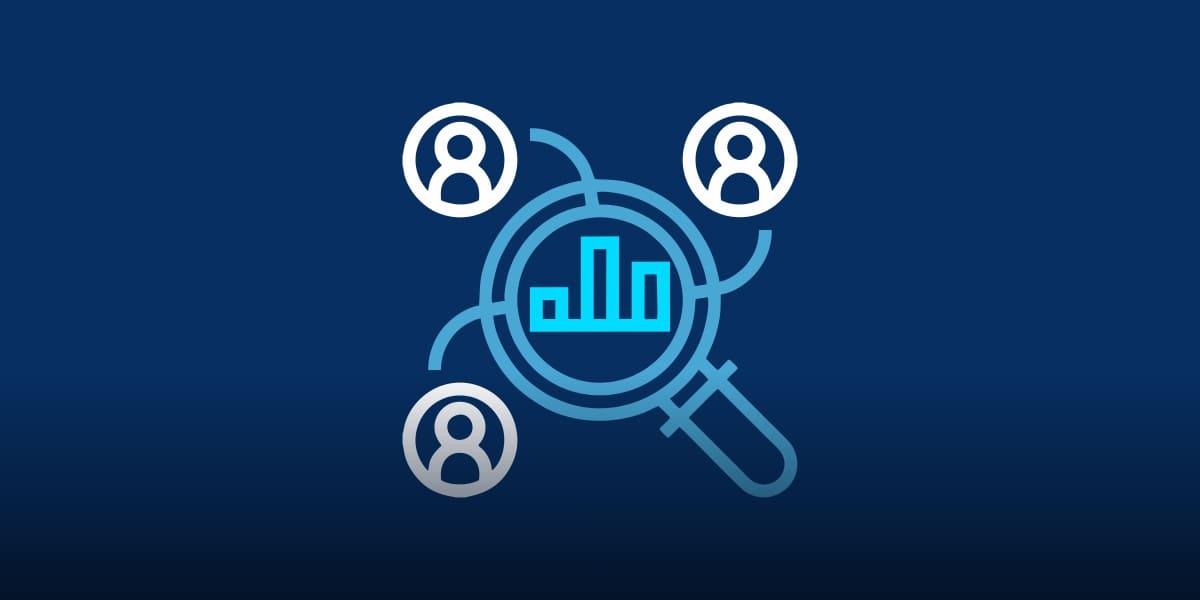 Here are some of the insider threat indicators that a monitoring tool can detect:
Here are some of the insider threat indicators that a monitoring tool can detect:
- Attempt to bypass security/trying out many passwords
- Accessing or downloading a huge amount of data
- Accessing system or data that’s out of the scope of their job
- Using unauthorized devices
- Emailing or sharing data outside the network
Use Strong Password Authentication
A lot of the time, companies falter on the most basic of security measures such as password authentication and keeping strong passwords, to begin with. Also, in many organizations, passwords are shared between several employees. These lax practices can leave sensitive systems within the network vulnerable to both internal and external attackers.
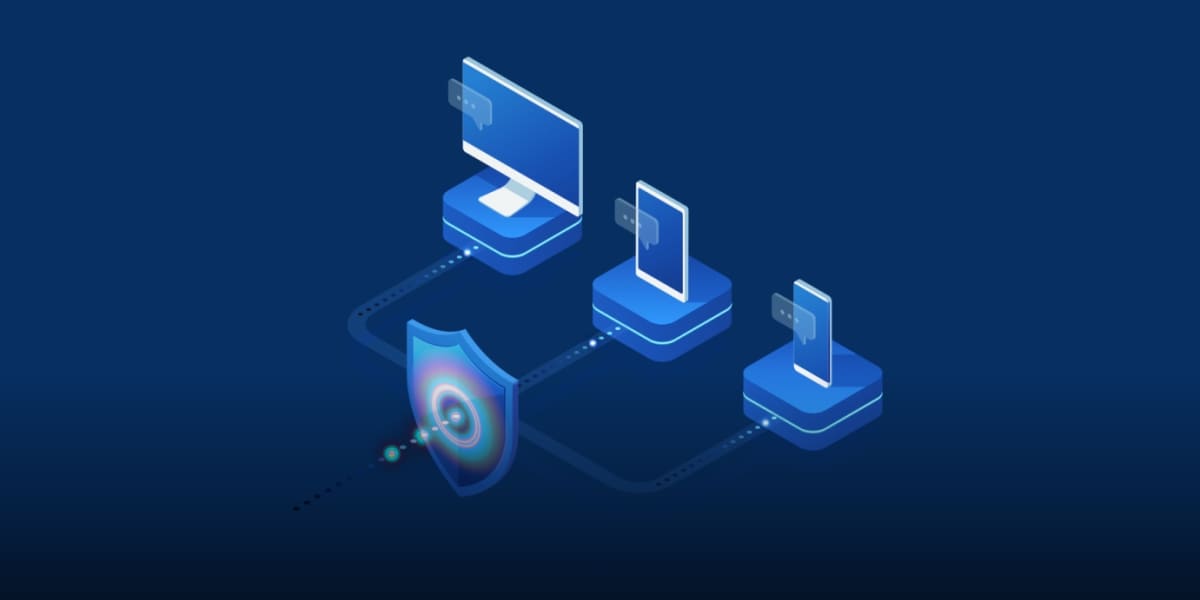 One of the most convenient yet effective ways to implement strong password security is to use multi-factor authentication, at least for the most sensitive segments of the IT ecosystem within the organization. For instance, data storage, accounts, and financial systems should be protected by multi-factor authentication.
One of the most convenient yet effective ways to implement strong password security is to use multi-factor authentication, at least for the most sensitive segments of the IT ecosystem within the organization. For instance, data storage, accounts, and financial systems should be protected by multi-factor authentication.
Access Control
The number of people controlling or accessing the most sensitive data should be very limited. That doesn’t mean that only one person should control all these sensitive parts of the system. However, strong access control means giving access to the most trustable members of your enterprise network.
The access should be traceable as well, so you can track which members accessed what information or software and when. This is in conjunction with monitoring as monitoring software can take this information and use it for security risk assessment.
Protect Physical Servers
If you have physical servers on-site, you have to implement physical security for those servers. These servers should be located in a secure and discreet location within the enterprise’s premises. This information doesn’t need to be public knowledge or even throughout the organization.
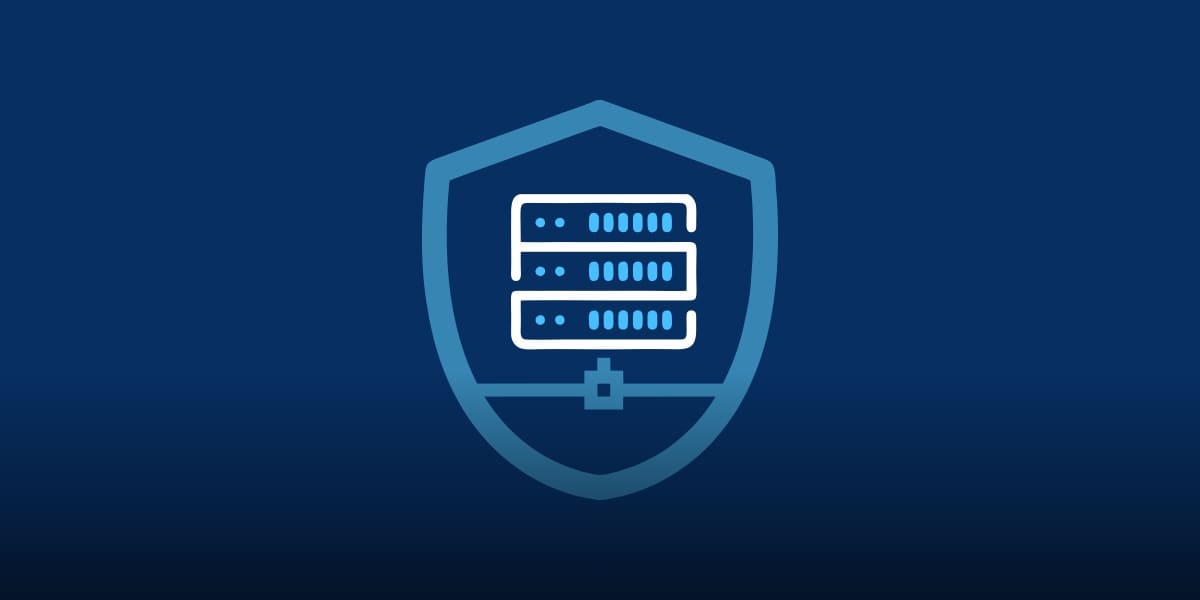 A security guard should be on-site at all times. Plus, digital security systems should protect access to the server rooms. Again, using multi-factor authentication is recommended. Only authorized individuals should have access and even their access and nature of use should be monitored with cameras and access information. Moreover, periodic physical security assessment should be performed to ensure that servers and other physical tech infrastructure is secured properly.
A security guard should be on-site at all times. Plus, digital security systems should protect access to the server rooms. Again, using multi-factor authentication is recommended. Only authorized individuals should have access and even their access and nature of use should be monitored with cameras and access information. Moreover, periodic physical security assessment should be performed to ensure that servers and other physical tech infrastructure is secured properly.
Conclusion
If the insider threat statistics are anything to go by, it’s high time enterprises, regardless of their size, should pay closer attention to how strong their internal security is. According to Panda Security, insider threats have increased by 47 percent over the last two years. This is a glaring wake-up call for governments and enterprises alike to implement strong internal threat detection policies and protocols.
Monitoring is at the core of detecting insider threats in cybersecurity, as it provides around the clock supervision and uses data to detect potential threats from within the organization. With features like Log Analysis, Event Manager, Compliance Reports, and Security Audits, VirtualMetric provides rigorous monitoring that can actively detect insider and outsider threats.

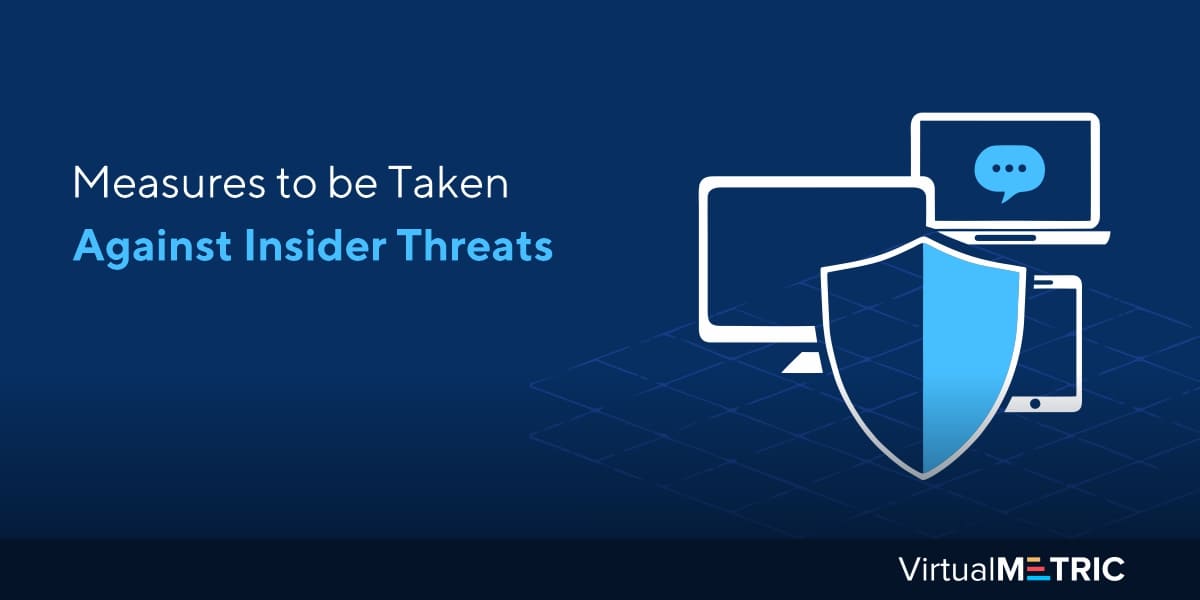
Leave a Reply